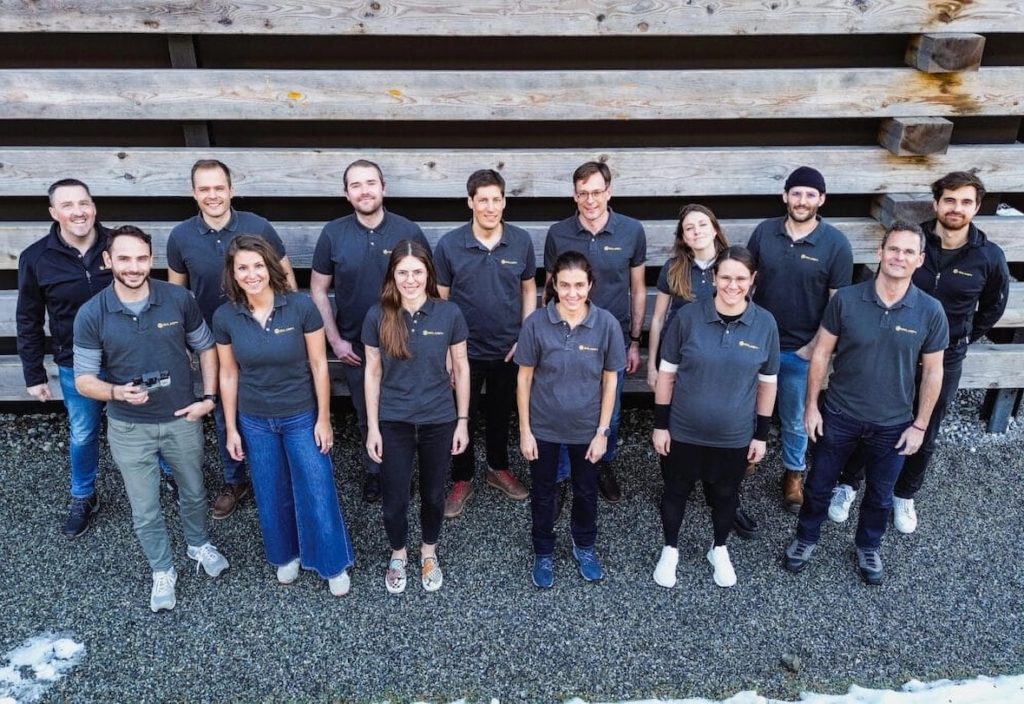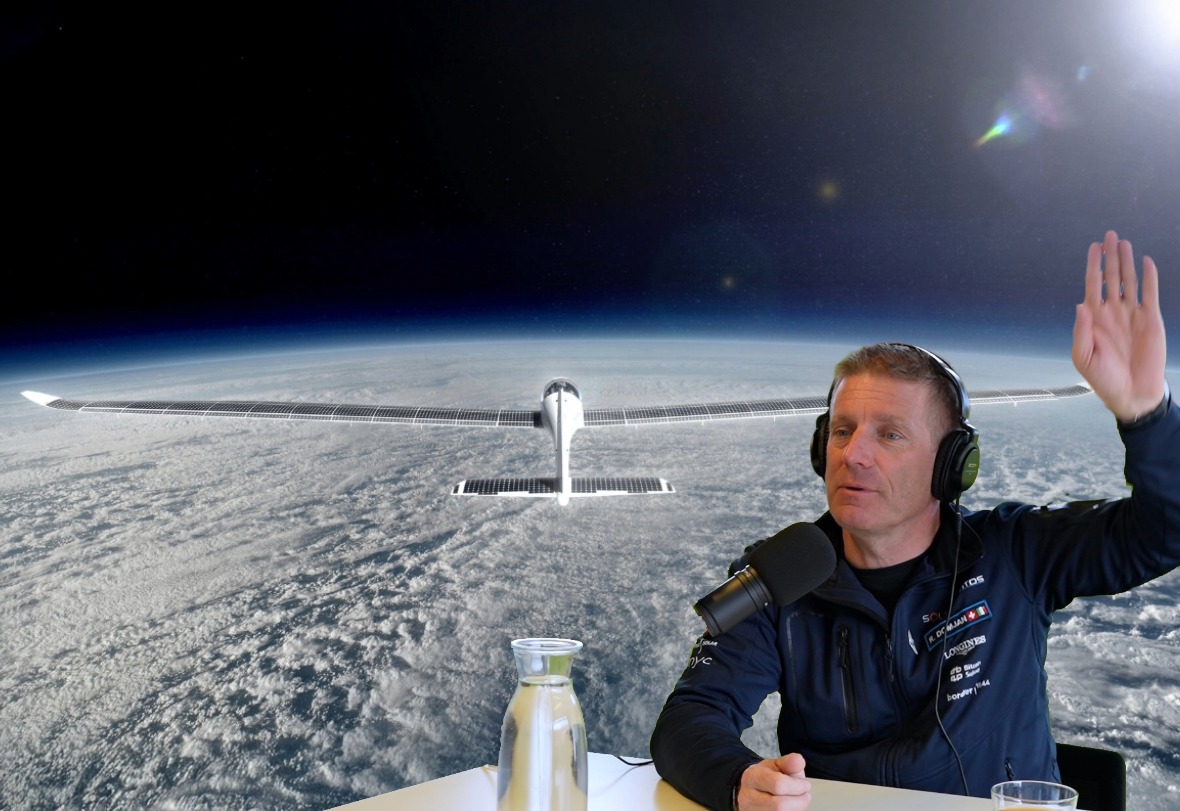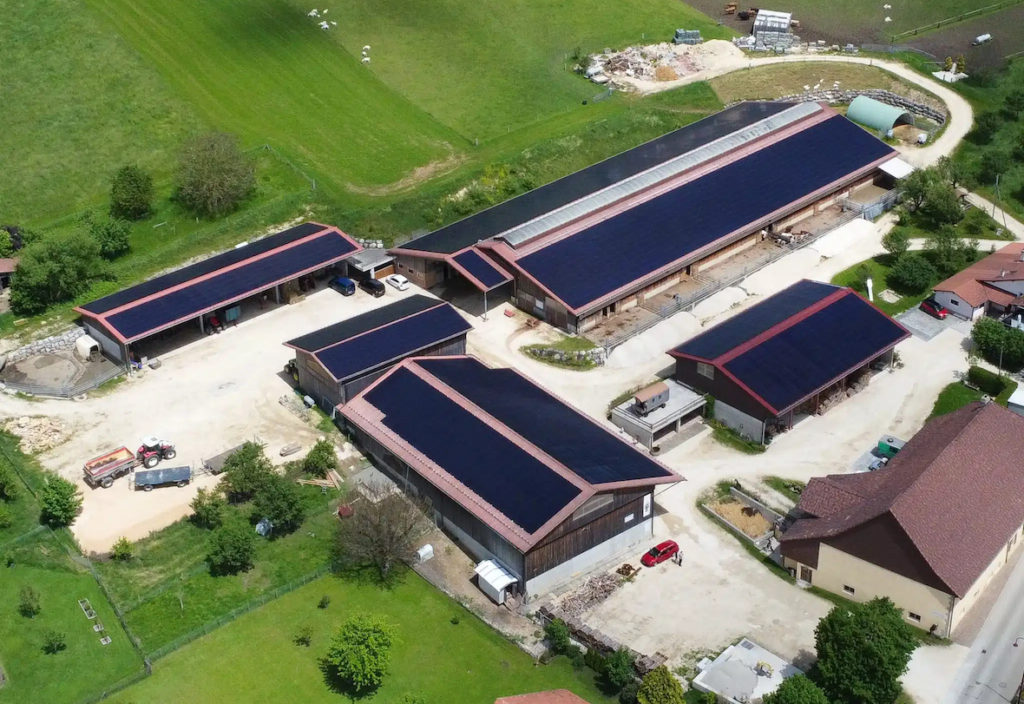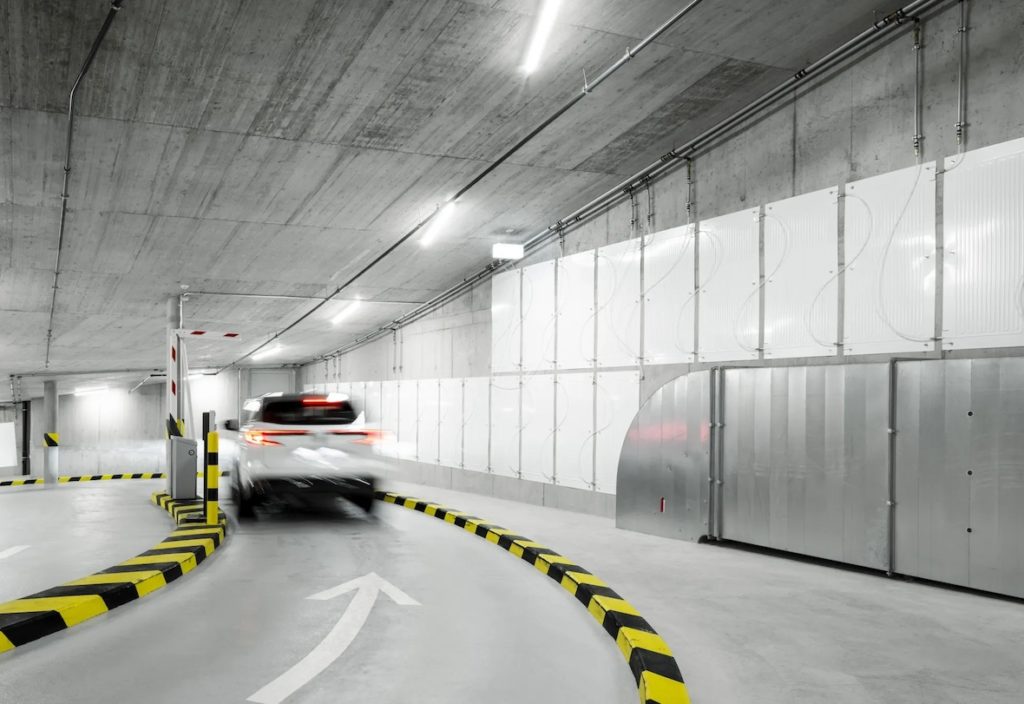
SolarStratos: Raphaël Domjan breaks world record in solar-powered flight
14 August 2025
 SolarStratos aims to push the limits of clean aviation by flying a solar-powered aircraft into the stratosphere, demonstrating the potential of renewable energy in extreme conditions.
SolarStratos aims to push the limits of clean aviation by flying a solar-powered aircraft into the stratosphere, demonstrating the potential of renewable energy in extreme conditions.
Swiss explorer Raphaël Domjan has set a new world altitude record with SolarStratos, showcasing once again the potential of solar-powered aviation.
Swiss explorer and eco-adventurer Raphaël Domjan has set a new world altitude record with his solar-powered aircraft, SolarStratos, reaching 9,521 meters during a flight on Tuesday, August 12, 2025. The performance surpasses the previous record of 9,235 meters set by Solar Impulse, making it the highest altitude ever reached by a manned solar-powered aircraft.
Taking off from Sion Airport, Domjan piloted the HB-SXA for just over five hours, using solar energy and summer thermal currents to climb to the record altitude at 5:25 p.m. At cruising height, he even crossed paths with a commercial airliner, offering a symbolic glimpse of clean aviation’s future. The SolarStratos team is now awaiting official confirmation from the Fédération Aéronautique Internationale (FAI), which will validate the record under standardized measurement criteria.
This achievement follows technical upgrades to SolarStratos, including increased battery capacity and a new variable-pitch propeller for improved high-altitude performance.
Known for groundbreaking projects such as PlanetSolar, the first solar-powered circumnavigation of the globe, Domjan has dedicated his career to demonstrating clean energy’s potential in aviation. Earlier this year, he shared his vision for the future of solar mobility and his record-breaking ambitions in an episode of Getting Serious with Woody Wade, GGBa’s podcast series, available on Spotify and YouTube.
Western Switzerland: a hub for solar innovation
From high-altitude flights to rooftops, railways, and refineries, Western Switzerland is proving a fertile ground for solar innovation. The region’s research institutions, start-ups, and industrial players are developing technologies that could redefine solar energy’s role in society.
In Neuchâtel, Sun-Ways has launched Switzerland’s first removable solar power plant between active railway tracks, with the potential to expand nationwide. Lausanne-based Voltiris is pioneering agrivoltaics with spectral-filtering modules that allow greenhouse crops to thrive while generating clean energy. Vaud’s SolarSplit is streamlining residential adoption through a digital platform connecting homeowners with vetted installers and subsidies.
Heritage integration is advancing too, with the University of Neuchâtel’s Faculty of Economics now topped with solar tiles designed to mimic traditional slate, and industrial-scale projects like the 2,000-panel installation at Dixi Polytool in Le Locle, developed with CSEM, EPFL, and Meyer Burger, meeting a third of the site’s electricity needs.
Innovation also extends into niche applications: Perovskia Solar, a Vaud-based Empa spin-off, is bringing perovskite solar cells to IoT devices, while Meyer Burger is partnering with US-based Solestial on ultra-thin, radiation-resistant solar cells for space missions. On the ground, the Cressier refinery hosts Switzerland’s largest ground-mounted solar facility, with 19,000 panels generating power for 2,000 households and serving as a CSEM research platform.
Together, these initiatives show how Western Switzerland combines scientific excellence, industrial capacity, and a pioneering spirit, whether the goal is to power a greenhouse, a satellite, or a record-setting aircraft.

